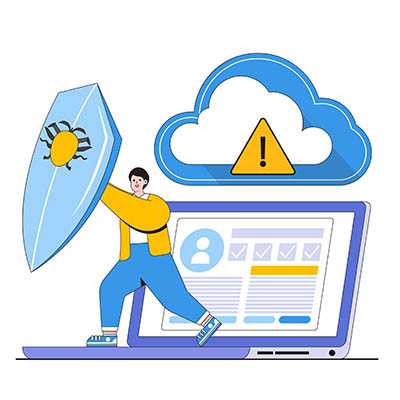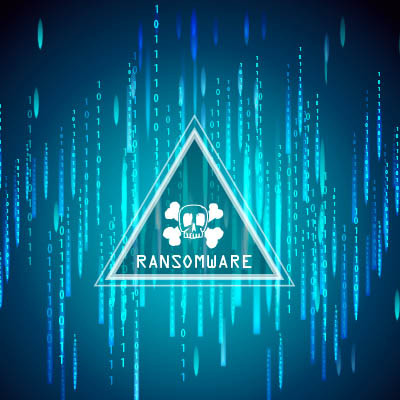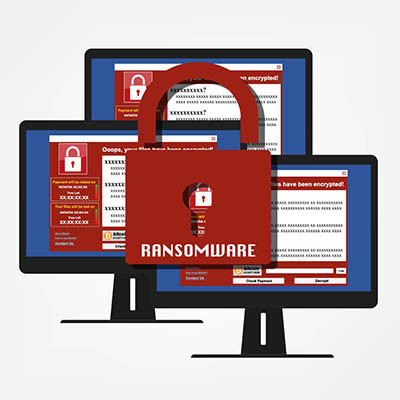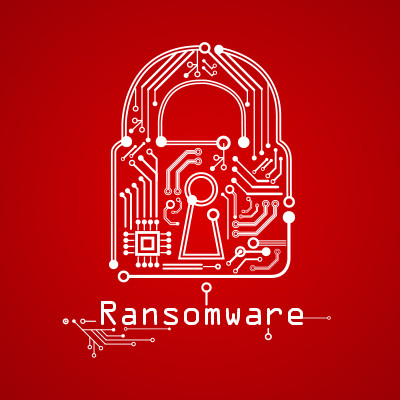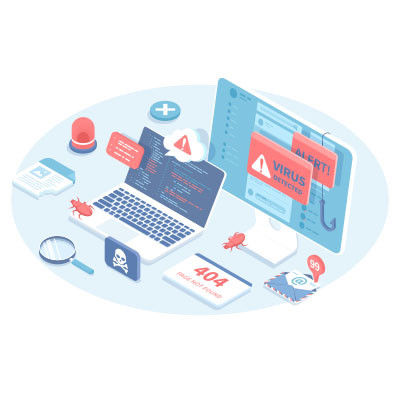Cyberthreats aren’t just occasional inconveniences, especially nowadays. They are constant, evolving, and some are so highly sophisticated that you can hardly blame yourself if you fall victim to them. This is why proactivity is so important. Businesses that take a reactive approach to cybersecurity find themselves in a never-ending cycle of damage control.
Washington Works Blog
Imagine that your screen flashes a devastating message: your critical data is encrypted, and you face a massive ransom demand. Your operation grinds to a halt. This isn't just an enterprise problem; it's the harsh reality for businesses of all sizes.
Cyber threats don't discriminate. Your small or mid-sized business is a prime target.
Getting hit by a ransomware attack is never what you could describe as a positive experience. In fact, it is a nightmare scenario for anyone. The immediate panic, the locked files, the looming demand for payment—it’s a chaotic and stressful experience. While most people understand the basic premise of ransomware, there’s a lot more to these sophisticated attacks than meets the eye.
There are some lesser-known facts that can significantly impact how you respond and, crucially, how you recover. Let's get into it.
The Internet is more than just a tool; it's the very foundation upon which many organizations are built. From managing customer data to facilitating global operations, our digital infrastructure is indispensable. What happens, then, when that foundation crumbles under a cyberattack? Unfortunately, we've seen firsthand the devastating effects hackers can have. This month, we talk about the problems associated with a hacking attack.
We've all seen the scary headlines about ransomware attacks crippling businesses, big and small. It's a threat that's not going away, and unfortunately, many businesses only think about their response after the dreaded ransom note appears. Today, I want to talk about what a proper ransomware response looks like—and it starts long before the attack ever happens. The goal should be to ensure that an attack does the least possible damage to your business.
Ransomware has evolved from a rare cybersecurity issue into one of the most damaging threats facing small businesses today. It’s no longer just a problem for large corporations with deep pockets. In fact, small businesses are increasingly being targeted because they often lack the sophisticated defenses of larger organizations. Ransomware doesn't discriminate, and for a small business, a single attack can be catastrophic.
After the tragic events of September 11, 2001, terrorism became a topic everyone heard about daily. The "War on Terror" lasted over a decade, toppling governments and sending a clear message that terrorists would be hunted down relentlessly. While major terrorist attacks have happened since then, the battleground has shifted. Today, one of the biggest threats comes from cyberspace. Let's take a closer look at the rise of cyberterrorism.
A new ransomware attack has surfaced, this time mostly targeting IT companies and their clients. The attack is specifically targeting the Kaseya platform. Kaseya is management software that many IT companies use to remotely manage and support technology. The attack in question attacked Kaseya’s supply chain through a vulnerability in its VSA software; this attack is notable because of how it targeted the supply chain, not only striking at the vendor’s clients—notably IT companies—but also their customers. Basically, this attack had a trickle-down effect that is causing widespread chaos for a massive number of businesses.
Ransomware is not just a business problem; it is also a consumer and user problem. While it might lock down your business’ files and make them inaccessible, there is also the possibility that the cybercriminals will steal and sell the data on the black market rather than safely return it. What happens to users who have had their data stolen during a ransomware attack?
Every year, there seems to be a notable increase in high-profile ransomware attacks. If you haven't yet devised a plan to shield your business from these dangers, the time to act is now. Luckily, there are proactive steps you can take to reduce the impact of ransomware attacks, and it all starts with preparation.
I hate to be the bearer of bad news, but when it comes to cybersecurity threats it’s kind of hard not to be. I used to look at it from two sides; one side is fascinated at the innovation and intensely brutal ways that high-end cyberattacks work, and the other side of me loses sleep at night worrying about these risks affecting our clients, prospects, and even my own business. This one particular classification of cyberattack, however, takes the cake for being especially frightening.
Cybercriminals fight dirty, whether it’s attacking small businesses, large enterprises, or individuals who just want to watch Netflix. It doesn’t matter who you are or what you do for the community; you’ll always be a target for hacking attacks. To save time and effort, hackers will use low-tech attacks and social engineering attacks to target individuals. Hackers aren’t developing new threats all the time; if anything, they largely use existing exploits, purchasable software, and social engineering to take advantage of people.
Ransomware is one of the more dangerous threats out there for businesses of all industries and sizes. To help emphasize just how dangerous it is, however, you have to look past the initial threat of having to pay a ransom and look at the other risks associated with it. We’re here to try to get the point across that ransomware is something your business should absolutely be taking seriously.
Ransomware is such a common occurrence these days that it has entered the public discourse, but we also want to note that it’s such an important topic to discuss with your team that you can never talk about it enough. We want to address some of the most common questions we get asked about ransomware and what can be done about it.
There is a lot made about ransomware, for good reason. It is quite simply one of the nastiest cyberattacks out there and it demands your attention. A lot of people understand what exactly ransomware sets out to do, but they don’t understand how it got that far and how to address the situation if they have the misfortune of being put in that position.
We talk a lot (and we mean a lot) about cybersecurity, with ransomware getting a lot of our focus…and for very good reason. Ransomware is a huge threat that today’s businesses need to be prepared to deal with. In light of this, we wanted to share a few tips to help you avoid the negative ramifications of ransomware.
This past January, the Federal Bureau of Investigation issued an announcement that they had targeted and taken down the servers for a Dark Web organization responsible for the Hive ransomware group. While there is certainly cause for celebration here, one major statistic is enough reason to continue being concerned.


